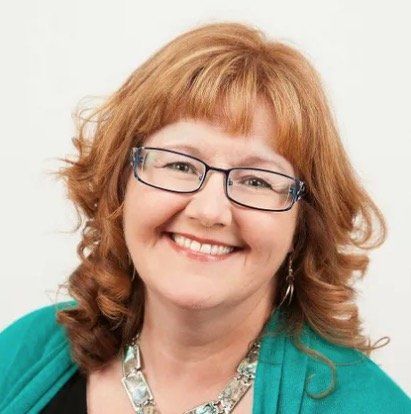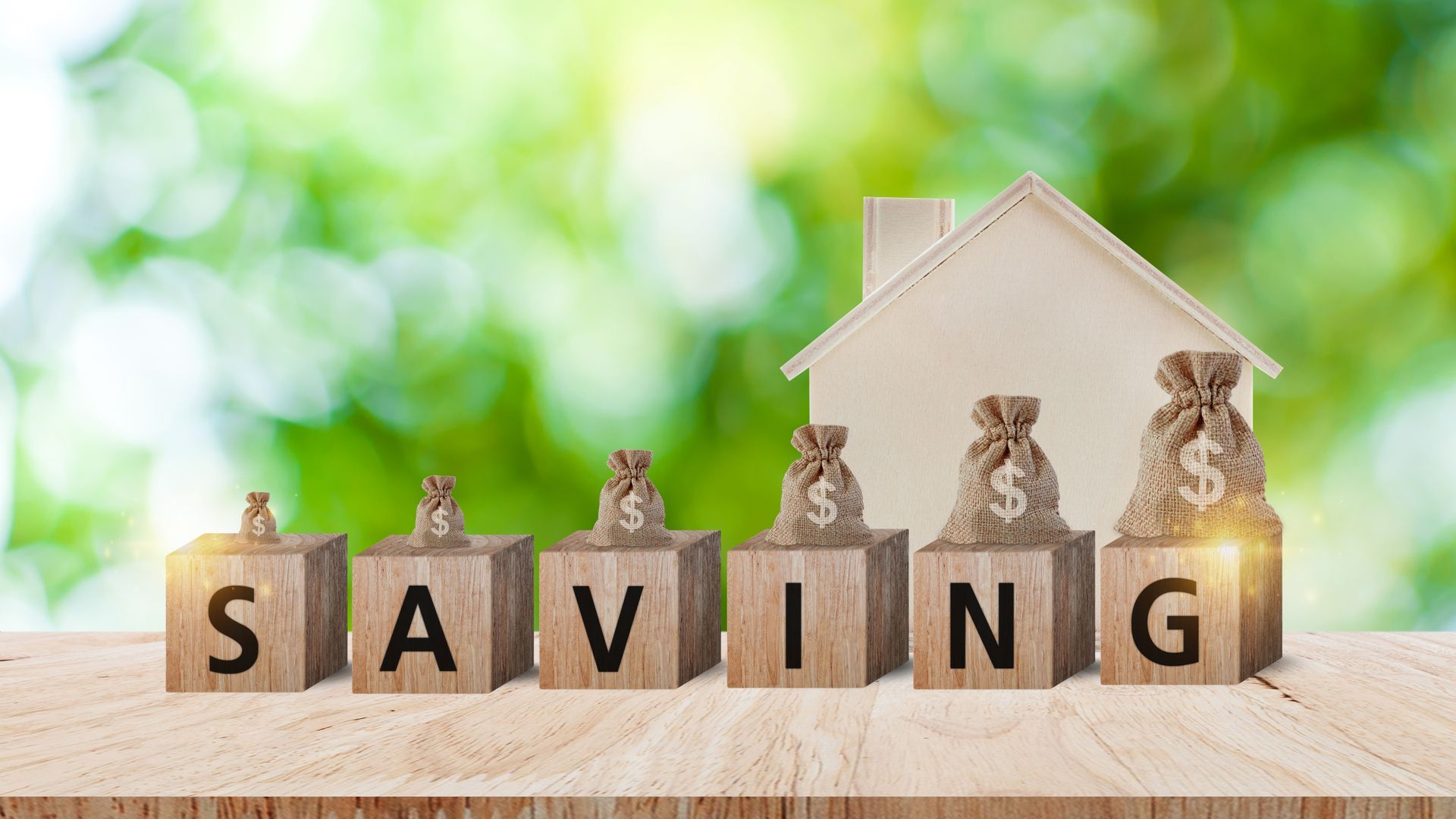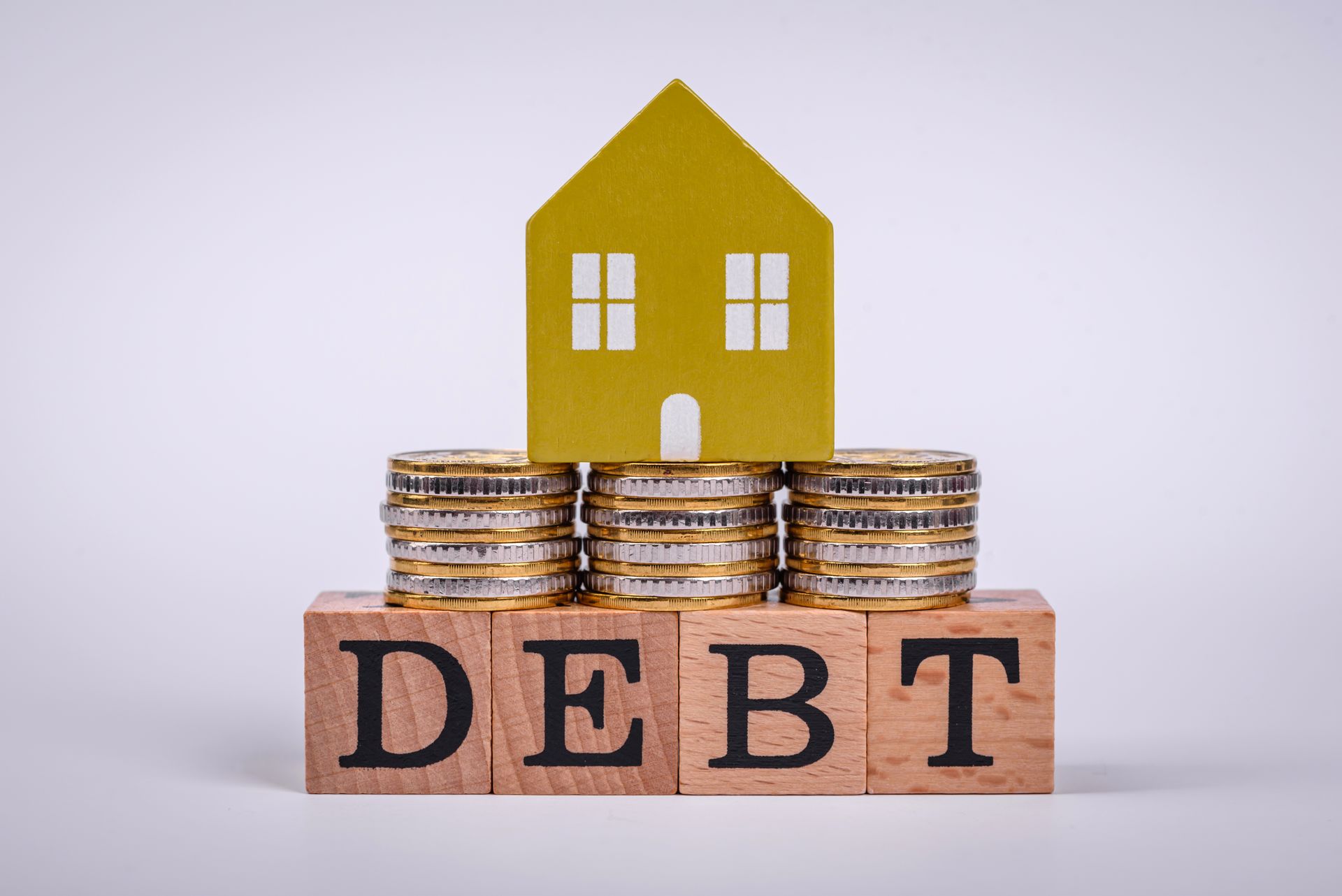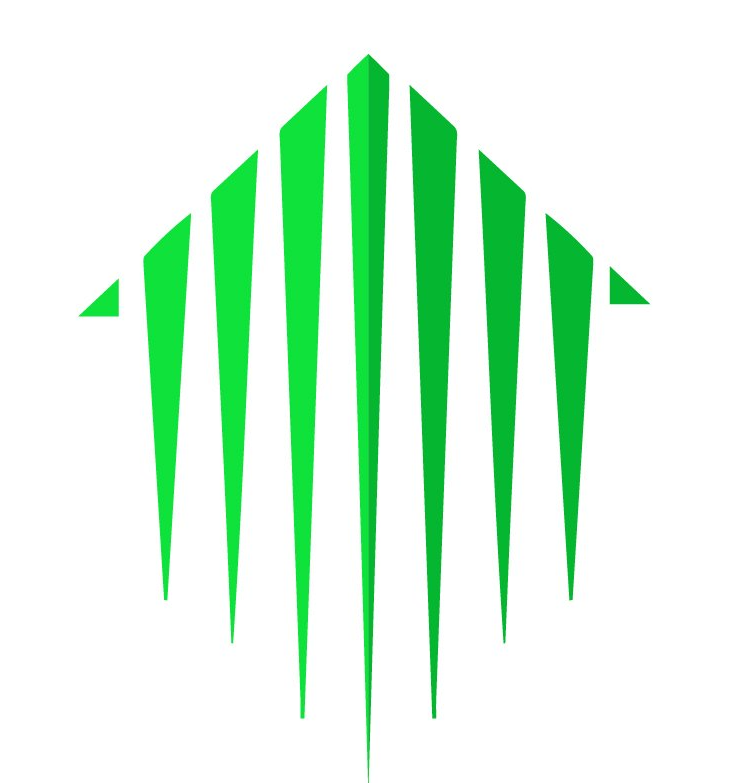Why you should use a Mortgage Broker, NOT your bank!!
By Kelly Hudson, Mortgage Expert
DLC – Aegis Mortgage Services
Securing an affordable mortgage is one of the biggest challenges — especially for first-time buyers .
There are generally two ways to get a mortgage in Canada: from a bank or from a licensed mortgage professional.
Most people think of their bank first, when considering a mortgage. They think their loyalty will earn them the best mortgage rates.
Regrettably, you probably won’t get the best deal from your long-time lender.
Think about it: you and your bank have 2 opposing views
- The banks goal is to make as much money as possible on your mortgage
- Your goal is to spend as little money as possible on your mortgage
Working with your bank on your mortgage, is like asking the coach for the opposing team to tell you how to score on their team.
While a bank only offers the products from their particular institution, licensed mortgage professionals send millions of dollars in mortgage business each year to Canada’s largest banks, credit unions, trust companies, and financial institutions; offering their clients more choice, and access to hundreds of mortgage products! As a result, clients benefit from the trust, confidence, and security of knowing they are getting the best mortgage for their needs.
Kelly as an independent mortgage broker , can shop around your mortgage to the 90+ lenders to find the best rates and terms for your mortgage.
Not only will you end up with more appealing interest rates, but you can also find the products you’re looking for that your own bank may not offer — such as a mortgage for the self-employed, or a home loan if you don’t qualify under standard guidelines or have credit blemishes.
Most banks and credit unions register your mortgage as a collateral mortgage, meaning that although you can borrow more, you may not be able to move to another lender at the end of your current term. You may also have other unpaid debts registered against your home, which will be tacked on to your mortgage. For more information on Collateral Charge Mortgages check out my BLOG Collateral vs Conventional Mortgages… What the Banks don’t want you to know…
As an independent mortgage broker, Kelly has your best interests in mind when choosing the right products because she works for you, not the banks.
To make the process even easier, you can even apply for a mortgage through Kelly online .
To find out more about what Kelly can offer you, visit her website or call 604-312-5009.
Let’s discuss a mortgage that works for you (not the bank)!
Kelly Hudson
Mortgage Expert
Mobile: 604-312-5009
Kelly@KellyHudsonMortgages.com
www.KellyHudsonMortgages.com



Let's do this together.
Sign up to our newsletter
Thank you for contacting me.
I will get back to you as soon as possible
Please try again later
CONNECT
604-312-5009
kelly@kellyhudsonmortgages.com
All Rights Reserved | Mortgage Architects





